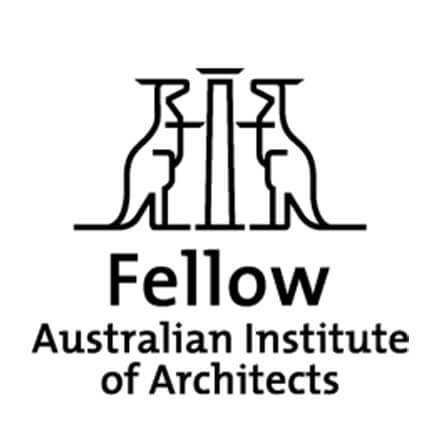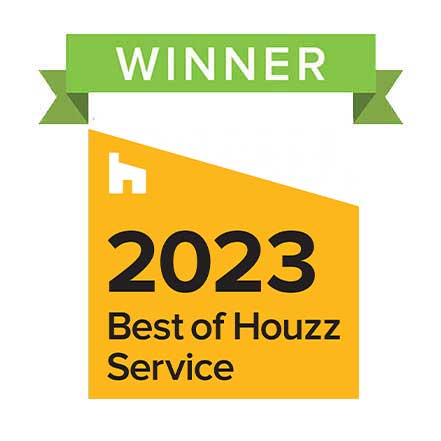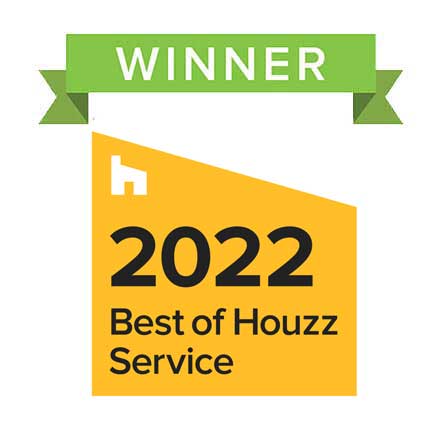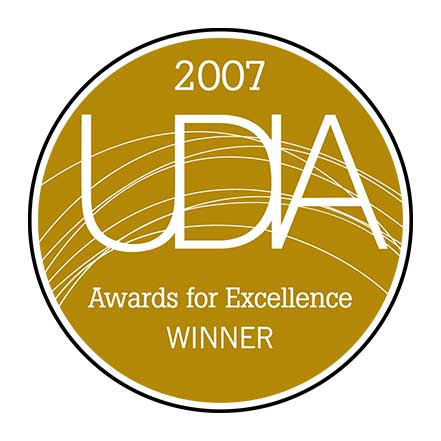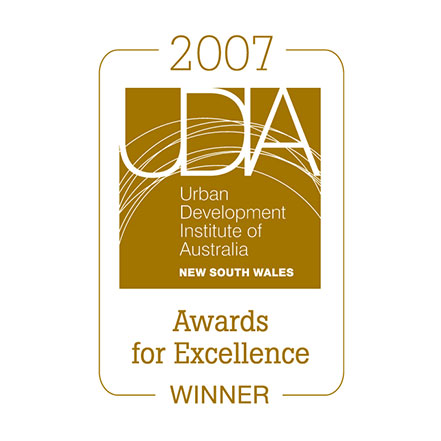At the beginning of every year, we comment on emerging design trends that have become evident to us through monitoring the work of our peers locally and internationally.
This informs our approach to design to ensure that we are amongst the leaders, not followers in developing architecture that is fresh and exciting, rather than common and repetitious.
Architectural trends however tend to change slowly. This is in contrast to interior design styling, which is largely focussed on colours and materials, elements that have a much shorter lifecycle.
Innovative architectural trends often involve the adoption of new technologies and materials which can take years to develop before they become commercially viable and begin to be adopted in domestic construction.
So as new architectural trends become established, some begin to wane, and others are only just beginning to emerge.
In this year’s review we’ll touch on each of these areas.
Current Trends
Many trends we’ve identified in recent years (see our annual blogs on this topic –https://leadesign.com.au/architecture-blog/) will continue to be popular in 2023.
Desert Modern continues to be the most obvious favoured style of today.
A reinterpretation of the “Spanish Colonial” hacienda homes of California and the southern Americas, this style is typically characterised by the use of arches and whitewashed walls.
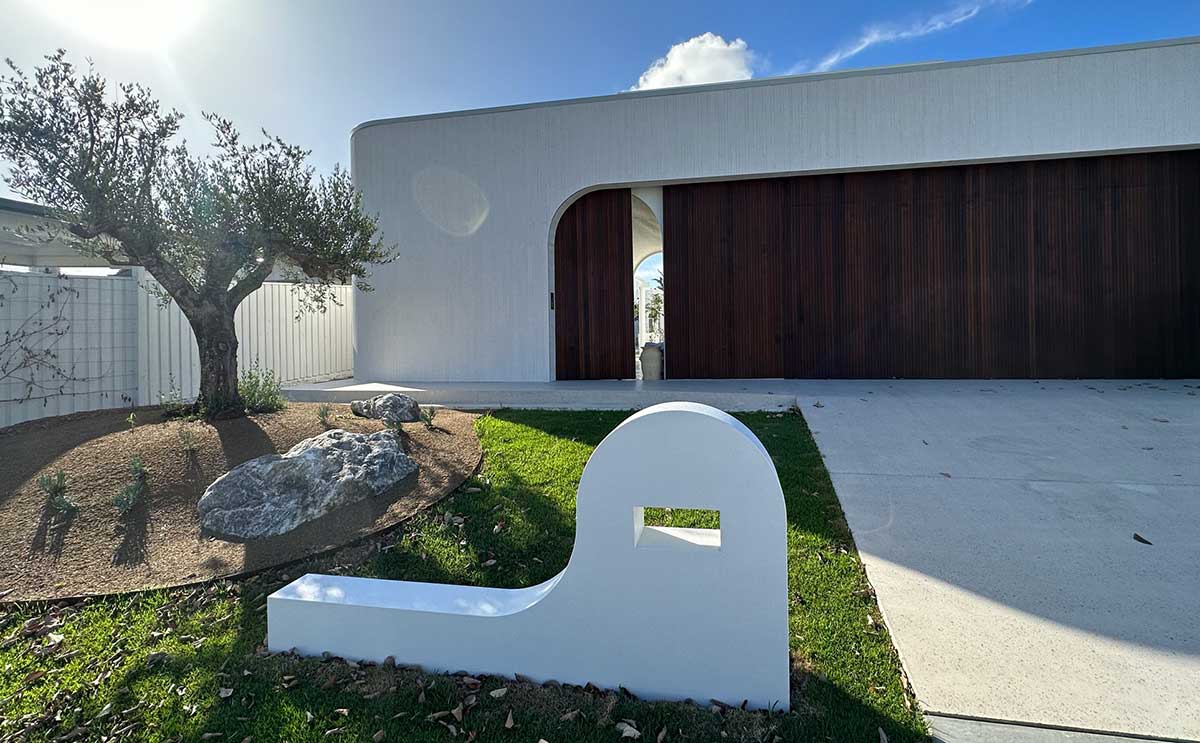 Desert Modern Home
Desert Modern Home
Whilst often used in classical proportions, arches are also being employed in post-modernist exaggerated forms, or as a hybrid combined with rectilinear forms as illustrated above.
This style also incorporates the extensive use of applied finishes both internally and externally.
Amongst these is Hardset / French / Parisian plaster paris which has been used since ancient times as an internal lining to walls and ceilings. Its use declined significantly in Australia from the 60s with the introduction of plasterboard which is much quicker and cheaper to install.
Wet plaster is however much better suited to apply as a finish over the organic curved surfaces that are a feature of the Desert Modern style.
Achieving a high quality smooth render finish over curved external walls is very difficult to achieve, especially if the curved wall is constructed from segmented masonry blocks.
Sunlight and shadows highlight any uneven surface. To overcome this rough textured external render and paint finishes are being used to disguise any imperfections in the substrate.
Brutalism is another architectural style being reinterpreted and adapted from its historical past context dating back to the 70’s.
 Example of Brutalist Design
Example of Brutalist Design
It is an architectural term derived from the French phrase for raw concrete – beton brut. It is a style with an emphasis on materials, textures and construction producing highly expressive forms.
In its current iteration it incorporates raw materials including off form concrete and natural concrete blocks combined with timber, steel and other expressed materials that aren’t disguised by applied finishes or coatings.
This is a response to the ongoing emphasis on sustainable design principles, using more natural long-life materials that require little or no ongoing maintenance.

Example of Brutalist materials
This has also resulted in the resurgence in popularity of low maintenance materials from the past (and other cultures) including natural stone and charred timber (shou sugi ban) cladding.
Shou Sugi ban is the traditional Japanese art of charring cedar to preserve the wood, also popular in many other countries where softwood has always been a plentiful natural resource used in building houses.
New treatments are also being applied to sustainable plantation softwood timber to create similarly highly durable long lasting hybrid products.
Accoya is the result of the acetylation of pine, a chemical process which closes the wood pores making it non-absorbent and resistant to mould and bacteria. Whilst expensive initially, the resulting light weight product has class 1 durability and can be allowed to weather naturally without the need for protective coatings, saving money in the long term.
 Accoya Timber application
Accoya Timber application
Abodo is a similar (but cheaper) product created by thermally modifying plantation pine to increase durability and weathering characteristics.
Structural glass is another common material that has been used in vertical applications in our homes for many years – frameless glass shower screens and balustrades are examples which have become the norm rather than the exception.
Until recently curved glass windows and balustrades were generally considered too expensive for use in all but the most prestigious homes.
They are now much more economical and consequently being incorporated in many more new homes.
Trafficable loadbearing horizontal glass panels used to create glass walkways, stair treads, sky roofs, or transparent panels in the base of swimming pools are also relatively new glazing applications becoming popular in bespoke homes.
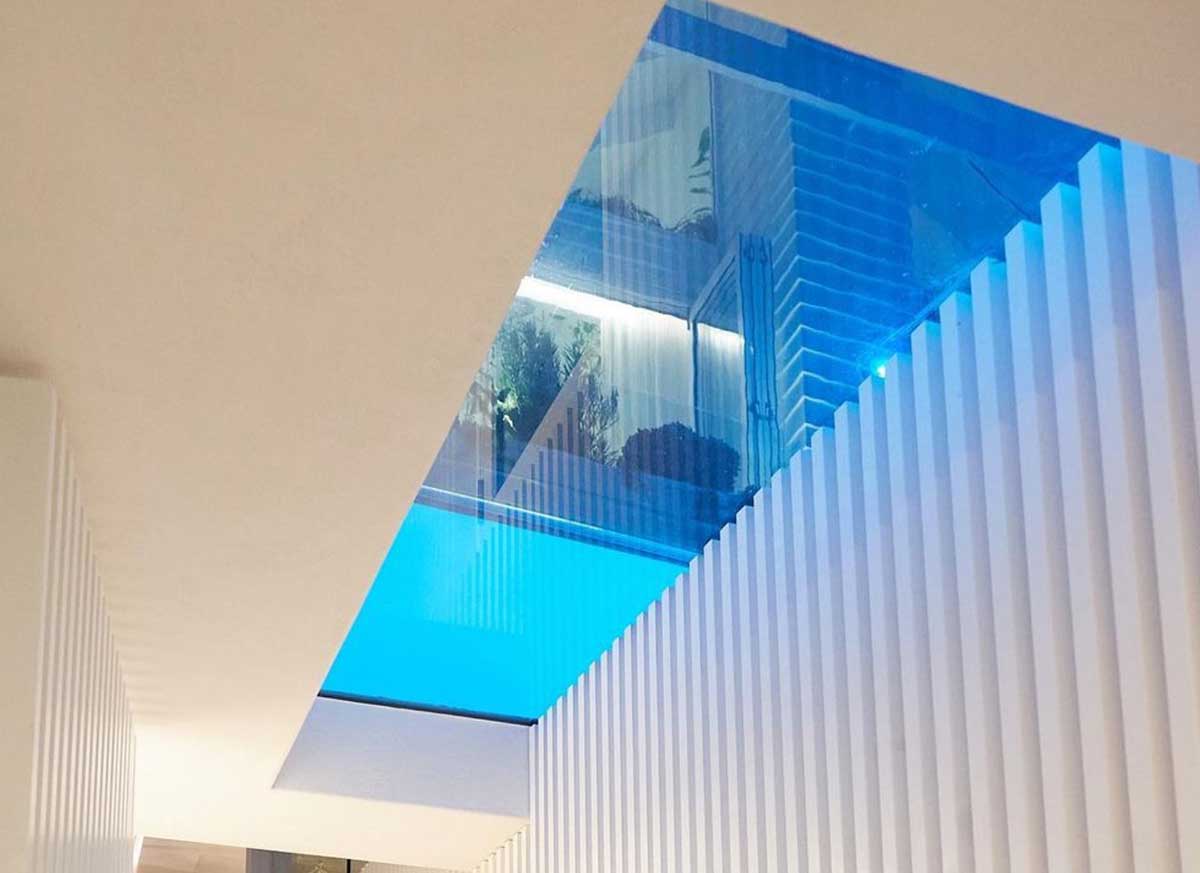
Glass pool floor
One of the key features of Mid-Century Modern architecture, another current trend, is the extensive use of floor to ceiling glass to blur the distinction between inside and outside spaces and the landscape.
This promotes our continued appreciation of biophilic design principles and the many health benefits that a direct connection with nature in our homes bestows on the occupants. (https://leadesign.com.au/architect/the-medical-link-vertical-gardens-the-ultimate-in-organic-architecture/)
Manicured Internal landscaped courtyards and gardens planted with exotic plant species are now being replaced by more sustainable natural landscaped spaces using endemic drought tolerant wild species – native grasses, ground covers, shrubs and trees.
Waning Trends
As new architectural trends evolve slowly over time, they also diminish in popularity gradually, so it is difficult to call the definitive end of a recent trend.
One indicator as to when a trend is reaching saturation point and is on the way out is when Project Home builders adopt the style or incorporate design elements within their product range.
These are our predicted design trends that should be avoided if you are concerned about their ongoing relevance and potential to date quickly.
- Hamptons Style houses.
- Beach house style interiors – white on white finishes with light timber accents.
- Monochrome “monument” dark building facades
- Vertical batten screens concealing the building facade behind (brise soleil)
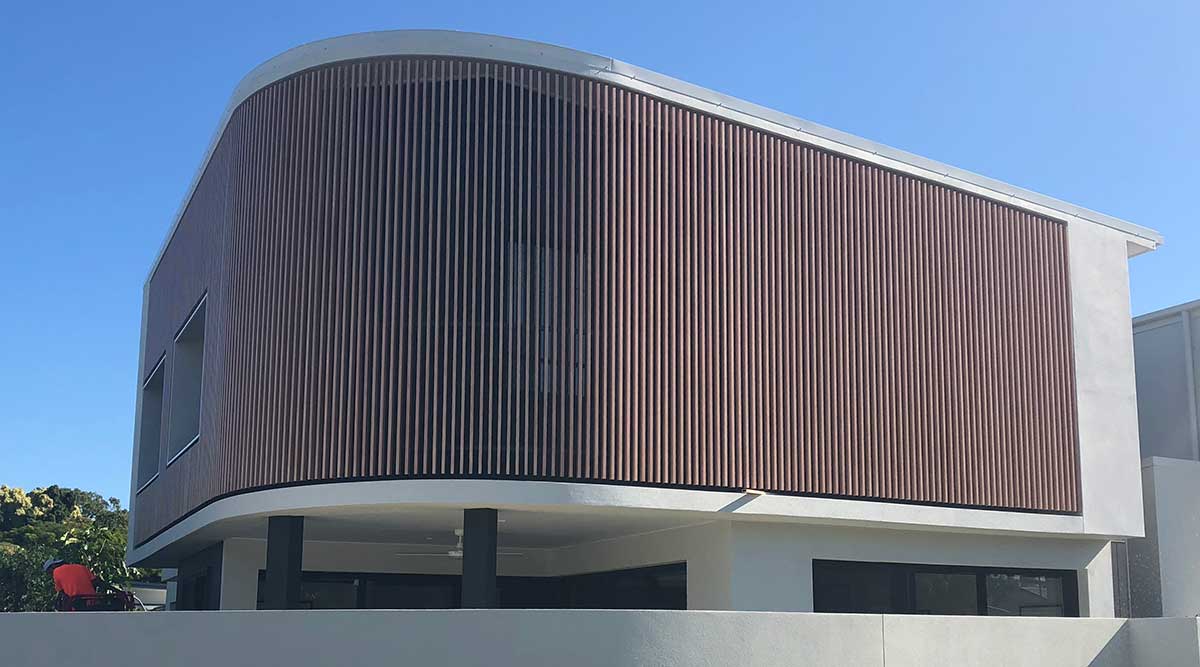 brise soleil façade treatment
brise soleil façade treatment
Emerging Trends
Predicting emerging or future design trends relies to a large degree on knowledge of new lifestyle trends, materials or construction techniques that are often evolving overseas.
Lifestyle Trends
A new sport that has recently taken off here in Australia and is likely to impact on future residential design is the game of Pickleball.
Played on a court about 1/3 the size of a tennis court, they are much better suited to the backyards of our homes.
Incorporating a pickleball court will still require a large site, and will be competing for space with swimming pools and other hard landscape elements.
Since COVID, our private external spaces have become more appreciated than ever, so flexible multi-purpose outdoor areas that allow a multitude of different uses are popular.
This has resulted in smaller “plunge” pools becoming an attractive alternative to large “swimming” pools.
 Plungie pool
Plungie pool
Instead of just being limited to above ground hot tubs or spa pools, prefabricated concrete inground pools are now available from companies like Plungie.
Construction Trends
New construction methodologies are being developed and adopted with some urgency as we seek more sustainable means of manufacturing and building.
Unfortunately, the relatively small scale of our national construction industry in comparison to those of the much larger markets in Europe and America often means new construction technologies or materials being adopted internationally aren’t always available or viable in Australia
This is particularly so if reliant on the establishment of costly new onshore manufacturing facilities to offset the costs of importing these materials from overseas.
These are some of the new construction techniques that are already adopted or under development that we could be using in the near future.
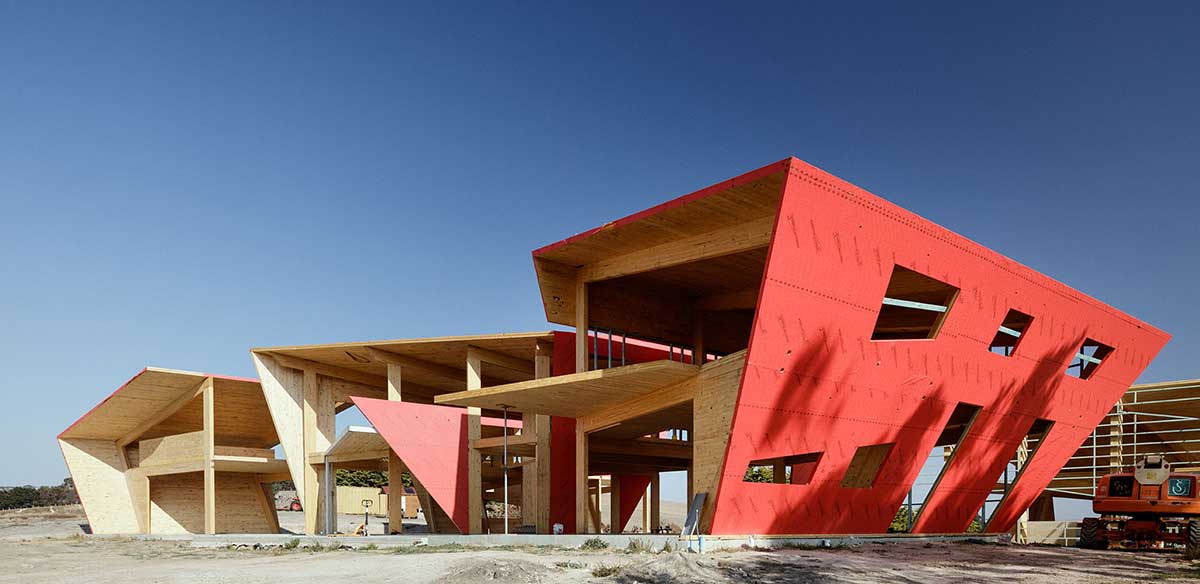 CLT Construction
CLT Construction
Cross Laminated Timber Construction
Cross laminated timber construction (CLT – https://leadesign.com.au/architect/clt-the-21st-century-construction-disrupter/ ) is already in use in Australia, primarily in commercial buildings at this stage.
Local manufacturing facilities are limited, so material and transportation costs generally make it uneconomical for domestic construction, however this is bound to change over time.
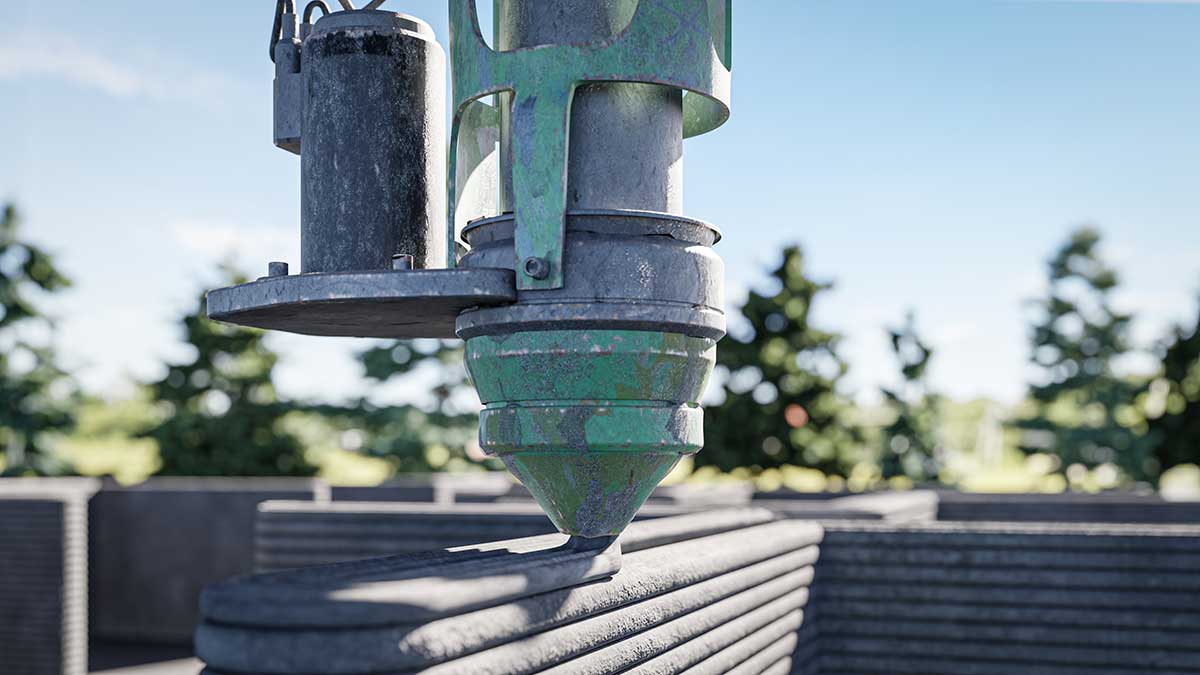 3D Printing a building.
3D Printing a building.
3D Printed Buildings
Using large scale versions of the tabletop 3D printers that are used for manufacturing small components, this technology allows building shells to be built in extruded layers of plastic, concrete, or metal with almost no waste.
This technology is only in its infancy, and still relies on numerous components such as service conduits / pipework, windows, FF&E to be installed in the traditional manner.
This retro fitting often takes the most time and can offset any gains in construction time achieved by the speed of the printing process. Over time these issues are sure to be resolved and this could become a very cost-effective solution for developing mass housing in the years to come.
Material Trends
In the ongoing search for sustainable building materials, one exciting field currently being explored is that of bio composites – composite materials made with natural elements.
Another current field of research involves utilising waste materials to create new useable building components.
Adapting existing hi tech materials and technologies developed for other industries to construction applications are also creating new materials that promise improved performance of our future buildings.
Examples of some of these new applications include the following
- Mycelium – A key element found in fungi used to grow high strength materials.
- Bioplastic – created from forest & farm waste
- K-Briq – Modular bricks manufactured from construction waste.
- Chips board – Chipboard manufactured from potato peel.
- Wastepaper construction board – Recycled product used as an alternative to plasterboard
- Wood tube – cardboard studs, an alternative to timber or steel wall frames.
- Nanotechnology solar panels – incorporated in glass allowing windows to harvest energy
- Self-healing concrete – cracks repair themselves.
- Nanomaterials – carbon fibre, super strong plastic, or hemp reinforced concrete eliminates the need for steel rebar
- Thermablok aerogel – High performance building insulation based on NASA technology
Only time will tell if or when these trends will eventuate, however if you want a timeless design that will stand the test of time, give us a call now.
 20 y.o. LDS project
20 y.o. LDS project
You might also be interested in...
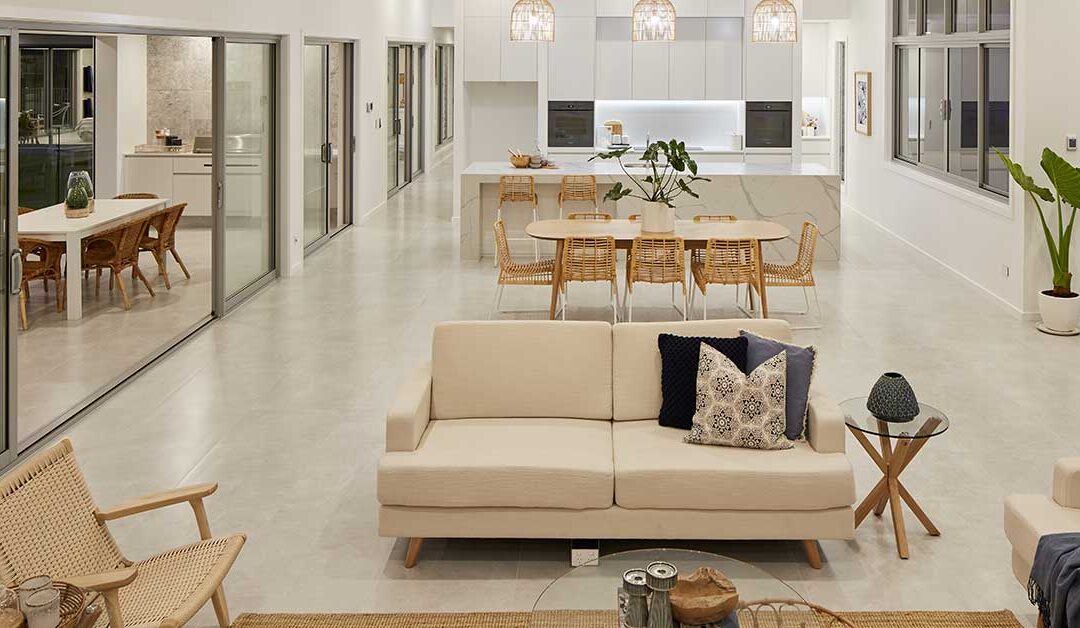
The Most Popular Home Configurations in Australia in 2024
Discover 2024’s top Australian home configurations: bedrooms, bathrooms, and parking preferences. Explore how changing lifestyles shape popular house configurations nationwide.
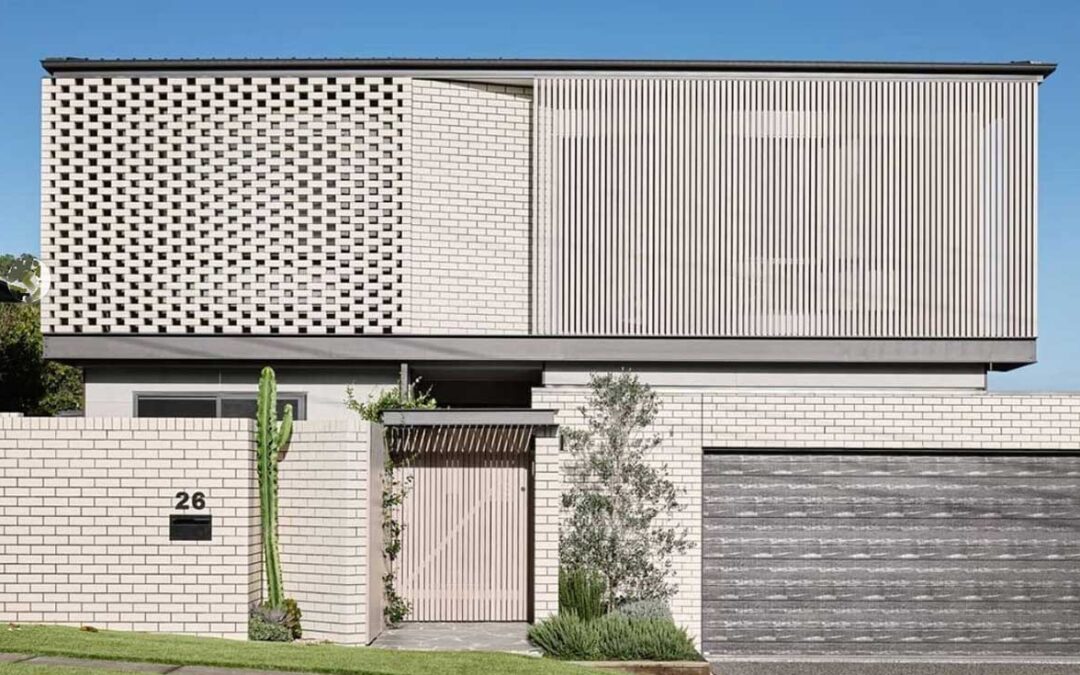
Exploring Contemporary Applications of Brise Soleil
Contemporary applications of Brise Soleil combine functionality, aesthetics, and sustainability, making them a popular choice in various building designs worldwide.


